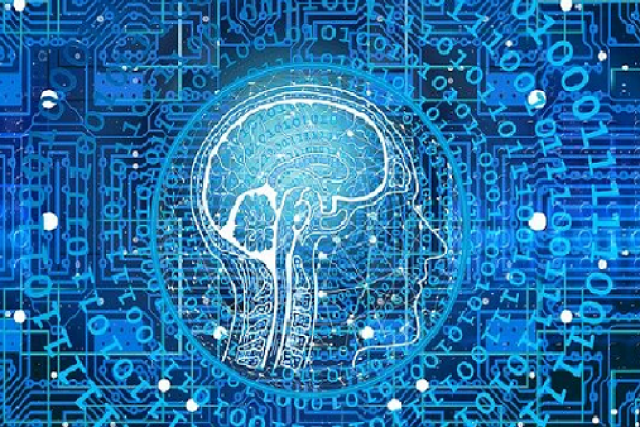Russian scientists from the AI Institute of Artificial Intelligence and MIPT have created a biologically plausible memory model for artificial intelligence systems with intrinsic motivation. The scientific article was published in the authoritative journal Brain Informatics (Q1).
A cognitive agent, to put it simply, is a program that learns to interact with the world independently and learn from its mistakes by performing a specific task. The basis of the agent is an architecture of algorithms, including neural networks, which helps it to follow the instructions of the developer.
In everyday life, we regularly encounter the results of machine learning and artificial intelligence methods. Over the past decade, success in this direction has been associated with the training of deep neural networks (Artificial Neural Networks, ANN), built on the basis of an artificial neuron model. The researchers also identify Spike Neural Networks (SNN), built on the basis of a spike neuron model, which is closer to a biological neuron. Artificial neural networks exchange real numbers, and these are spikes, single events that occur at a certain time, repeating the work of the nervous system as much as possible.
Artificial neural networks are more common due to the simplicity of the neuron model used, and the architecture of graphics accelerators is very convenient for related calculations. They use all the neurons contained in them to transmit information, while spike neural networks imitate the work of the animal or human brain — they use only the neurons active at a particular time, which provides significant resource savings in their training and use. In addition, it is spike neural networks, biologically plausible and hybrid models and methods of AI training that are considered more promising in terms of progress in understanding the principles of the human brain due to the possibilities of their use in cognitive sciences. Such developments are based on the use of a pyramidal neuron model, which makes up the bulk of the neurons of the human cerebral cortex and learns faster than an artificial neuron.
Researchers of the group "Neuro-symbolic Integration" of the AIRI Institute of Artificial Intelligence and students of MIPT have created the first biologically plausible computational model of agent memory in Russia, which is able to operate effectively in an unfamiliar environment under the influence of an external reinforcement signal. For example, to navigate and search for resources in mazes and rooms.
The developed agent model can operate with abstractions of states and actions. This means that he is able to perform complex actions on the basis of simple operations already known to him. For example, by learning to look for a door in a room, an agent will be able to use this skill to solve more complex tasks, while most of the programs that exist now require the creation of a new instruction for each specific task. In addition to external motivation (rewards for a successful action), the agent developed by the scientific group has an internal one. This makes its behavior more complex and autonomous. Internal motivation provides meaningful behavior in the absence of an external reinforcing signal. This means that such an agent will be able not only to search for a solution to the problem, like most standard programs, but also to explore the world around him.
The article is carried out within the framework of a long-term fundamental research at the intersection of computer and cognitive sciences, which brings scientists closer to creating more independent artificial intelligence systems and a better understanding of the principles of human and animal brain work. The construction of such large hybrid biologically plausible models and their subsequent testing in complex simulation environments is a fundamentally new and little-explored direction. Such projects help cognitive scientists in testing theories and hypotheses, and the created model can become one of the examples of how a whole complex of models from neuroscience can be connected together to make the work of AI systems more similar to the work of the human brain. In addition, the biological plausibility of the structure of such an agent will require less computing power and will make AI more economical.

